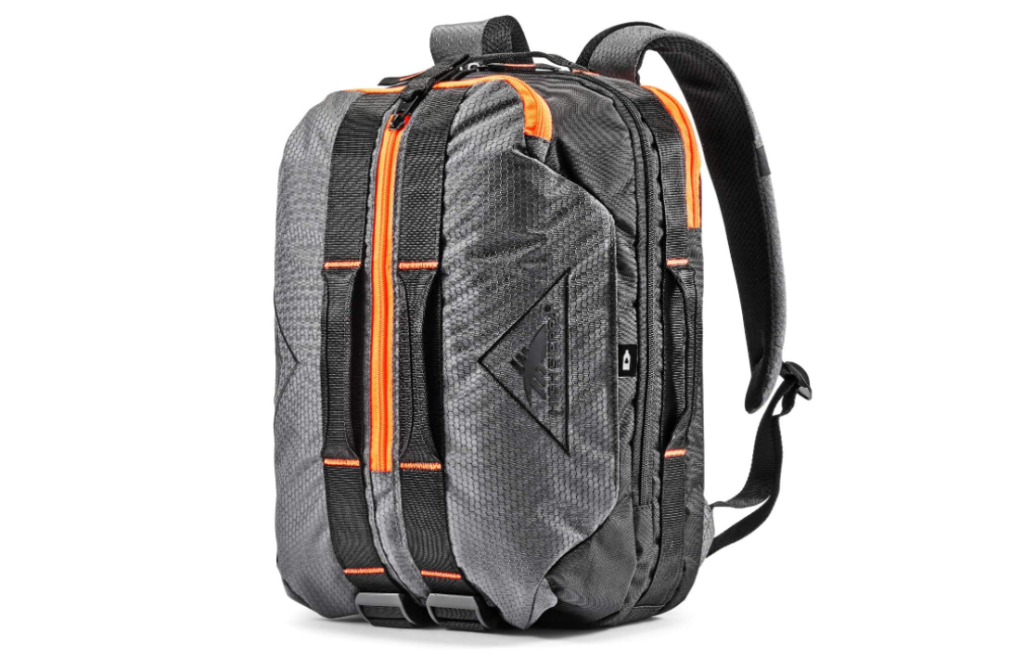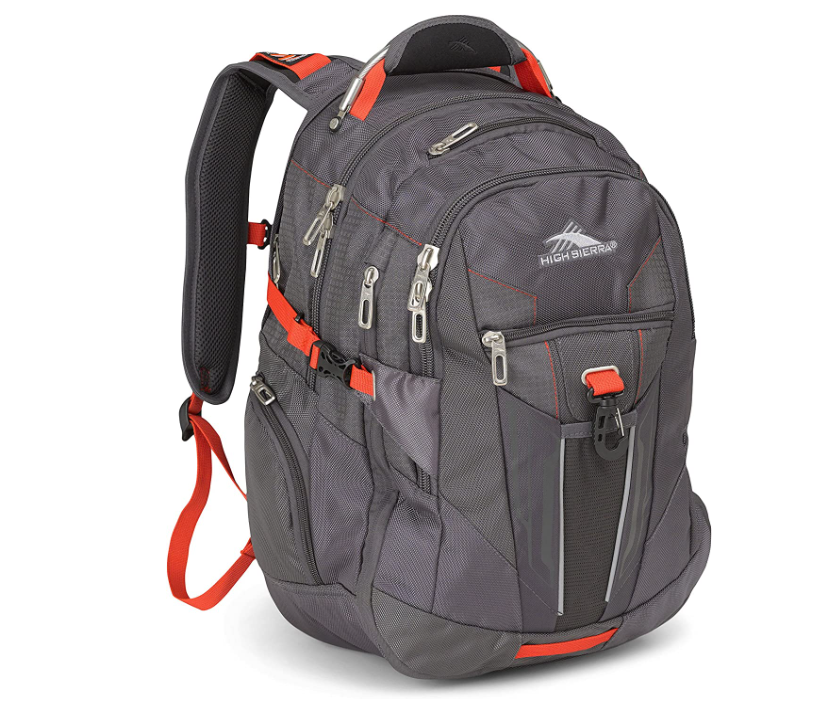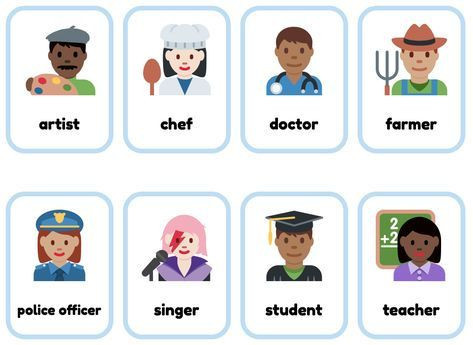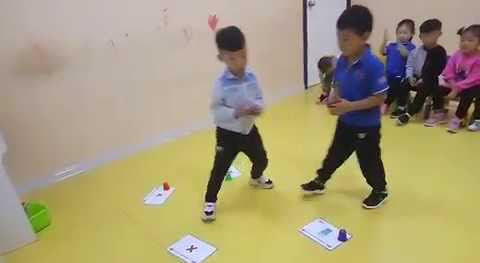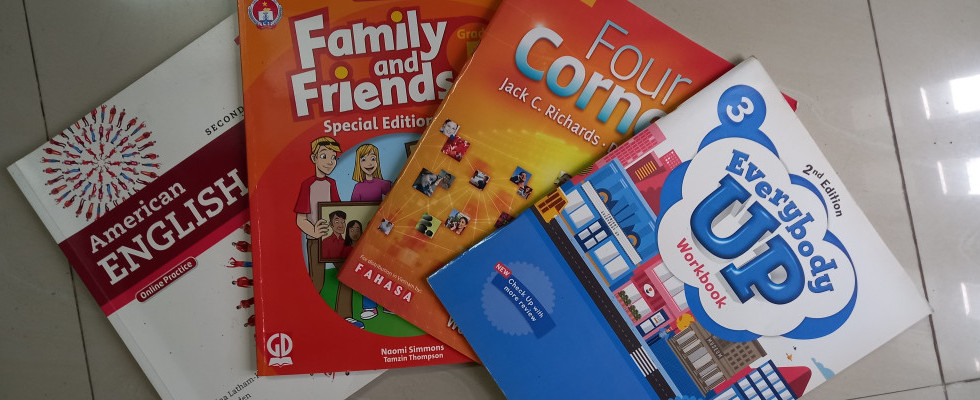Vietnam has grown in popularity and it is now widely acknowledged as a safe place for ex-pats to live and work. The pleasant weather, inexpensive cost of living, vibrant culture, and gradual improvements in Vietnam’s infrastructure all attract ex-pats.
These are some of my thoughts and experiences about living in Vietnam for the past 15 years.
My experiences living in Vietnam.
When I first arrived at Tan Son Nhat airport in Ho Chi Minh city the first thing I noticed was the smell. The locals smelled different, and that is because they do not eat so much beef and have a more mixed diet.
And I was told later that it is the same for Vietnamese. The Vietnamese can smell the meat coming out of foreigners pores.
That was more than 15 years ago. When I first came it was after the breakup of my first marriage, and I wanted to see a completely different culture.
The first time was a 3 week holiday and I traveled from Hanoi to Halong Bay then onto Da Nang, Nha Trang, Hoi An, and then Ho Chi Minh city. it was during this time I fell in love with the country.
You can find out more about Vietnam here.
A brief return home.
I returned home and immediately decided to get a Tesol degree so I could teach English in Vietnam. That was the start.
Returning to Vietnam I secured a teaching job promptly after a mishap in Hanoi. I had been offered a job in Hanoi where it was said to be close to the city.
My introduction to Vietnam
I flew up to Hanoi and was met at the airport by the school owner, who then drove me around for ages under the pretext of buying books. Just when it was getting dark he took me to his school and my promised accommodation.
The school was 2 hours from the capital and in the country. My accommodation was an unairconditioned room with a hole in the wall. it was a rather sleepless night battling the mosquitos.
Two days later I packed my bags and headed to Ho Chi Minh city. I arrived in HCMC and got a job in the first week.
This is when I knew I would be in for some very interesting experiences.
The next few years.
The next few years went in a blur of working, meeting new friends, and having a great time. I established myself as a well-liked and known teacher and worked in various schools. I even spent 9 months working in Pleiku in the highlands of Vietnam.
During holidays I also traveled to Cambodia and Thailand. It is very cheap to travel around South East Asia and I made the most of it.

Outside my house in GoVap, HCMC. My photo.
Fast forward to today.
I am now living in Go Vap in ho Chi Minh city. A district that does not have a lot of foreigners in it. I have some amazing stories and have been on some incredible adventures.
But quite often it is the unexpected things that take your breath away. For example, coming home one night I ran into this outside my house. My neighbors were celebrating TET with a dragon dance.
The dragon dance originated in China about 2,500 years ago. The Vietnamese dragon dance is not just seen as a dance. It is a form of displaying martial arts, as the performers should be Kung Fu masters.
Without the Kung Fu component, it would be seen as just a soulless puppet performance.
TET holiday
Tet is the big holiday of the year with a lot of activities and things to do. If you have only been in Vietnam for a short time it may seem boring because most activities are done at the home.
Tet Nguyên Dán, more usually abbreviated to Tet, is Vietnam’s most prominent and well-known holiday and festival. The name Tet Nguyên Dán means “Feast of the First Morning” in Sino-Vietnamese.
The dates of Lunar New Year vary from year to year, although it usually falls in late January or early February. Tet Holiday is considered the perfect time for family members to return home and gather together.
For Vietnamese the Tet Holiday is an opportunity to relax and enjoy life after a long year of hard labor; as a result, people forget about their problems and concentrate on the festivities. They will also spend time shopping and visiting pagodas and temples during this time.

Tet is a time to relax, eat and enjoy life. And shop. district 1 in HCMC. My photo.
Pagodas and temples.
It is the sights, sounds, and smells that make Vietnam such an amazing place to visit. Often at night, you will hear the monks chanting when you are safely tucked up in bed. They will be up early and stay awake late and it is enchanting to listen to as you drift off to sleep.
Buddhism in Vietnam
Buddhism, mostly of the Mahayana branch, is the most widely practiced religion in Vietnam. The exact date of Buddhism’s entrance to Vietnam is unknown.
However, it is most likely around the year 200 of the Christian era. It arrived by northern routes from Central Asia and southern routes from India.
Types of Buddhism in Vietnam
Taoism, Chinese spirituality, and the indigenous Vietnamese religion all have a symbiotic relationship with Vietnamese Buddhism.
The three Mahayana School of Buddhism, Zen Buddhism, Pure Land Buddhism, and Vajrayana, are the most popular among Buddhists in Vietnam.
Pure Land Buddhism ( Amidism ) and Zen Buddhism have taken over Buddhist life in Vietnam. Pure Zen was largely followed by monks and nuns, whereas Pure Land Buddhism was chosen by the general public.
You will see monks walking down the street wearing no shoes and yes. it is still a common sight in the outlying districts.

My local Buddhist monastery. My photo.
What do I do now?
I now have my own school and am married to a Vietnamese lady. We have been teaching online as Vietnam has been quite badly affected by Covid. I also do teacher placements in Vietnam. If you want to look at my school click on the YouTube button below.
My School in Vietnam
Life in Vietnam can be both fun and challenging, it depends on you how much you wish to enjoy it. But there are some big cultural differences. Those that can accept that do well, those that don’t, not so well.
I hope you enjoyed this brief read.
Stephen
Any or all links on this site may be affiliate links, and if you purchase something through those links I will make a small commission on them.
There will be no extra cost to you and at times due to my affiliation, you could actually save money.
You can read our full affiliate disclosure here.

































